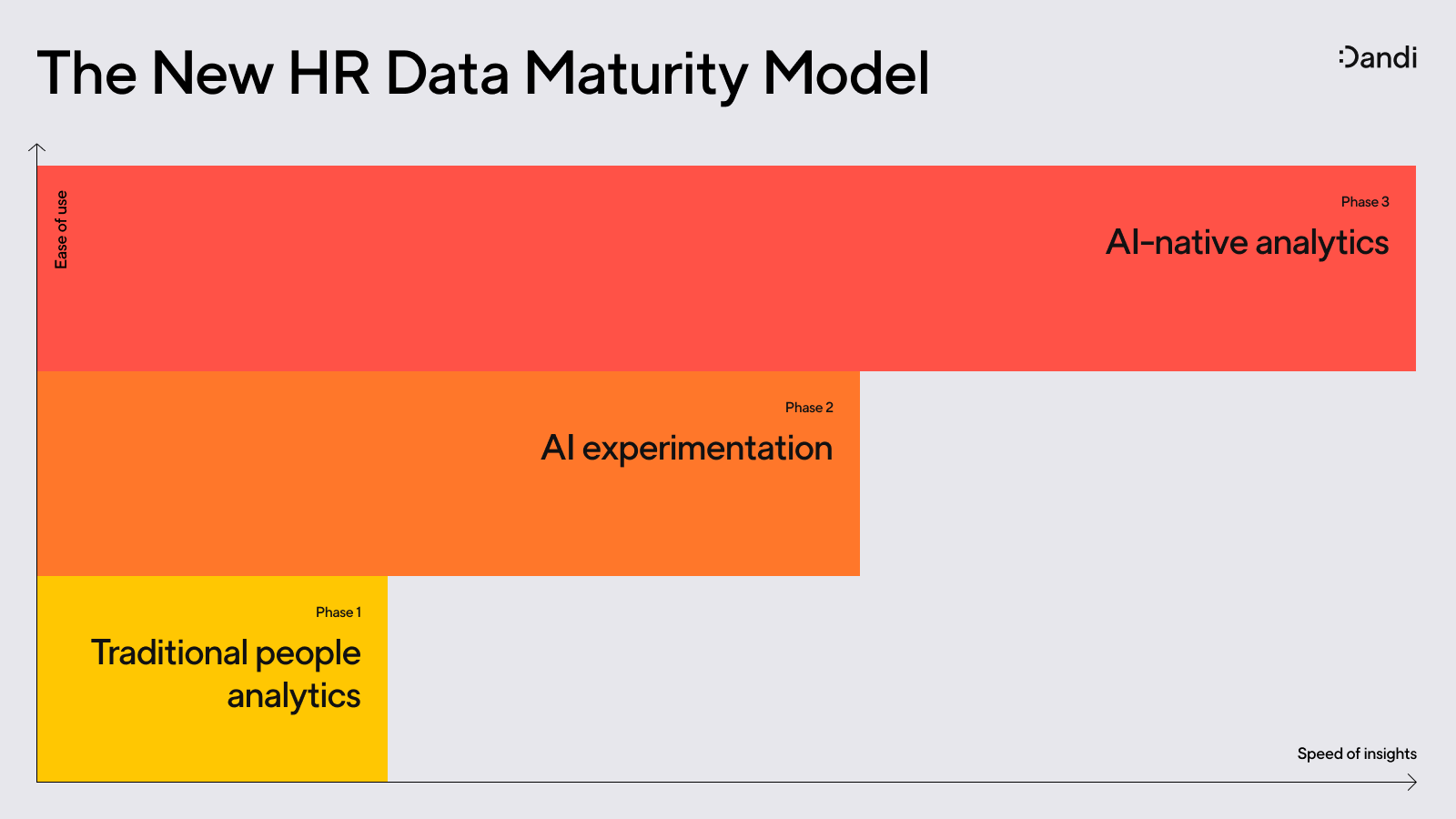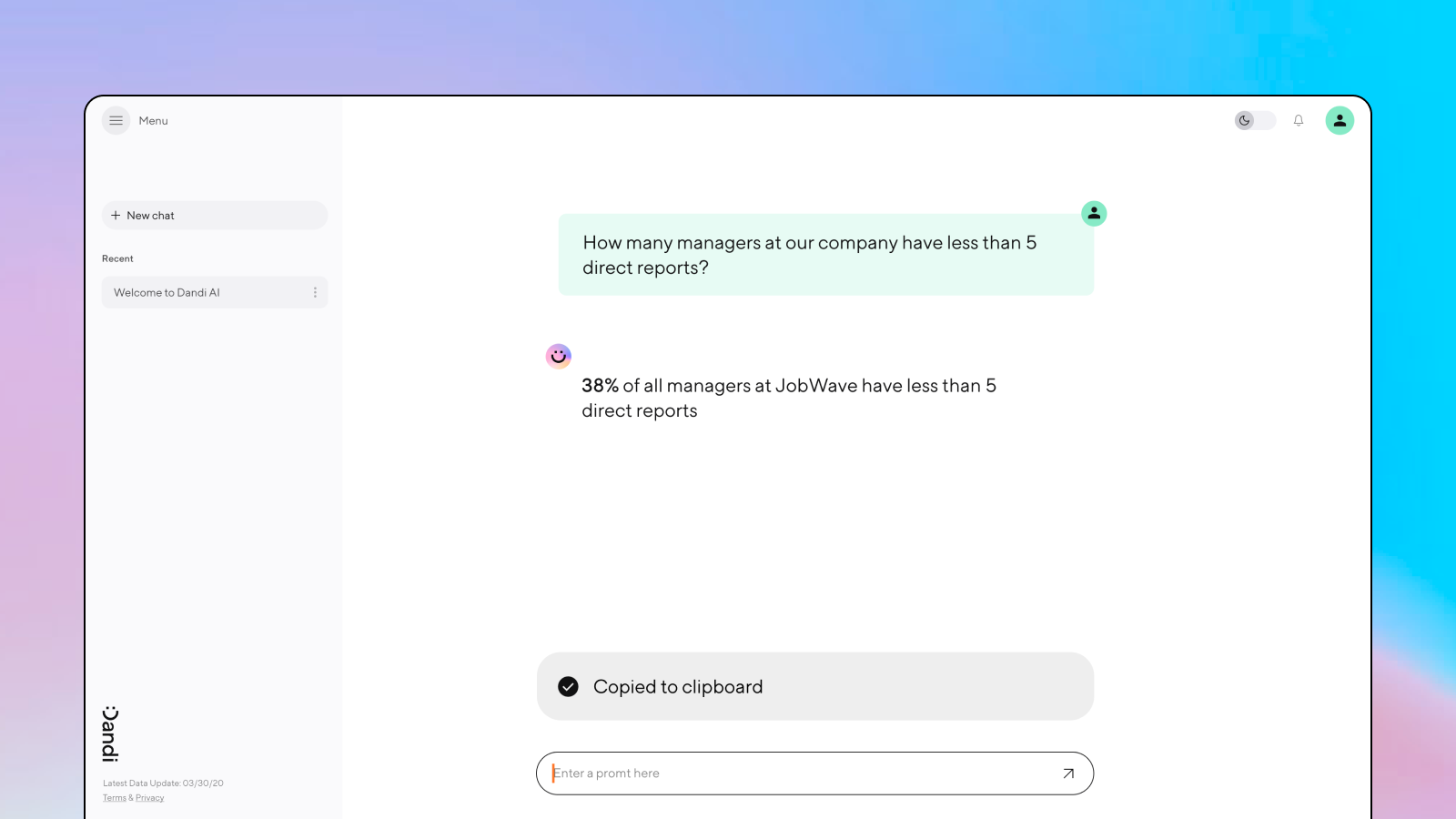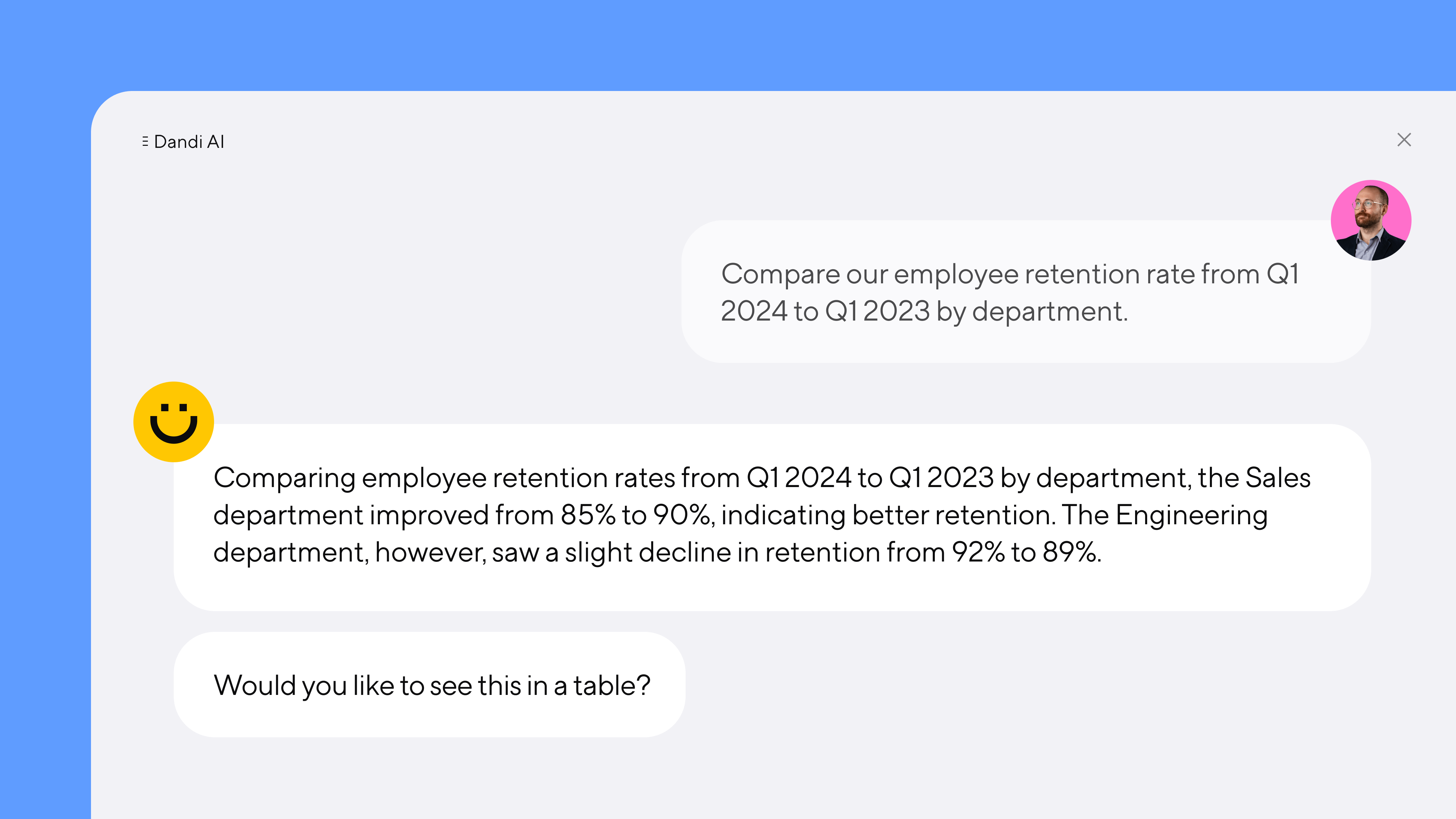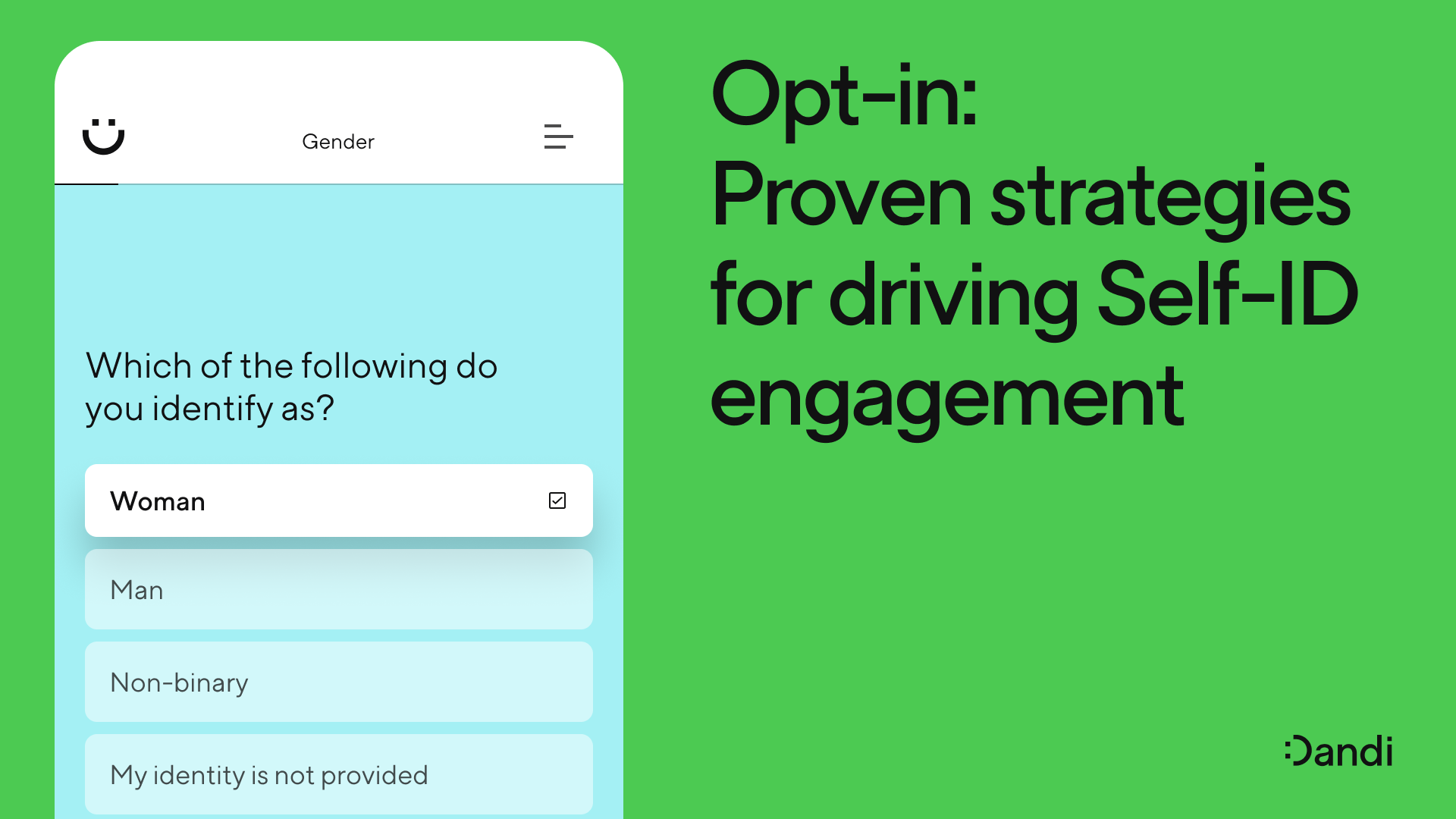4 steps toward making DEI a central business function

Camille Hogg, PhD – Mar 15th, 2023
DEI often sits on the sidelines of a business's operations. That needs to change. This article looks at why DEI must become a central business function, and how we can get there.

For the longest time, DEI wasn’t really seen as a business function in its own right. It was the side hustle of many a time-stretched HR team facing a mountain of other business-critical challenges, or the extra labor of a motivated few—often unpaid—employees as part of a grassroots taskforce to drive change.
And despite the fact that organizations know how central DEI is to driving key business outcomes, it’s still on the periphery of the business.
“DEI practitioners are often on the outside of the business looking in,” said our founder Jeff Fernandez in our recent ebook, The essential guide to data-driven DEI transformation. “Until we understand the role and define the goals practitioners are accountable for, the DEI function can’t contribute meaningfully to your business.”
It’s a positioning problem; DEI has always sat at the periphery of the business. The people hired to lead it often hold 100% of the responsibility for its success, but retain 0% control of the budget. Organizations set the pace for change, with little understanding that it can be glacial and unending. They set metrics for success, with little understanding of how they connect to the rest of the business.
When DEI is on the sidelines of the organization, it means DEI teams have neither the budget nor internal support to drive real change. It means that the path to progress feels slow and full of obstacles. And it puts businesses in a position where they can’t possibly meet their goals.
Why organizations struggle to maximize their DEI potential
When the DEI function sits on the outside of the business looking in, there’s a huge gap between what organizations want to achieve in their DEI efforts, and their ability to get there.
We only have to look at the research to understand how this disparity externalizes across the DEI function and wider organization. According to a 2021 report by Lever, almost half (44%) of respondents said their biggest challenge in meeting DEI goals had a direct correlation with their inability to fit it in alongside other work responsibilities. Thirty-three percent said that other company goals took higher precedence.
When DEI sits on the outside of the business looking in, there’s a huge gap between what organizations want to achieve in their DEI efforts, and their ability to get there.
Yet research gives us proof that DEI leaders are effective at driving progress on DEI—with one study showing that they advance diversity at a management level more effectively than those without. Meanwhile, a 2019 study found that Chief Diversity Officers working within a standalone DEI function were more likely to have negative perceptions of their role performance, compared to those where a more integrative approach was taken.
The bottom line is that when DEI is seen as sitting on the sidelines of the business, organizations aren’t able to connect it effectively to business results. But when DEI is a central business function, organizations can see the measurable impact of their initiatives.
How to embed DEI as a central business function
Shifting the lens on how DEI is perceived internally and bringing it into the center of the business is easier said than done.
Most organizations exist to increase profit, not diversity, meaning sales and marketing have more traditionally sat in close proximity to the core of the business. The purpose of reshaping DEI’s relationship with the rest of the organization isn’t to displace these functions or strategic objectives, but rather to connect more tangibly to them.
Communication, (re-)alignment across goals and key stakeholders, and taking a cross-functional approach are key to getting this right.
1. Align DEI goals with business goals
Goals and KPIs are the engine of businesses. But creating DEI goals based on the ethos that it’s the right thing to do may not always rally the support you need to really drive change. Tying these goals to strategic objectives will create vital buy-in—but first, you need to translate them into your organization’s common language.
As Carol Watson, Chief Inclusion Officer at BCW Global put it in our ebook, success depends on framing it in terms that key stakeholders understand.
“People won’t change unless you pay attention to the things they care about. In a professional services company, that could be clients. In retail, it could be sales merchandising and product.
“Aligning DEI with business-critical outcomes is how you get people to care, because you’re supporting what your organization values as important—whether that’s performance, shifting culture, mirroring the marketplace. All of those could be true, depending on who the stakeholder is, and how you adjust your conversation. But when everyone understands that it’s critical to your business, everyone becomes accountable.”
Keeping DEI aligned with business objectives means improving data flow across your whole organization, and viewing data across all core business functions alongside your DEI data, to see how
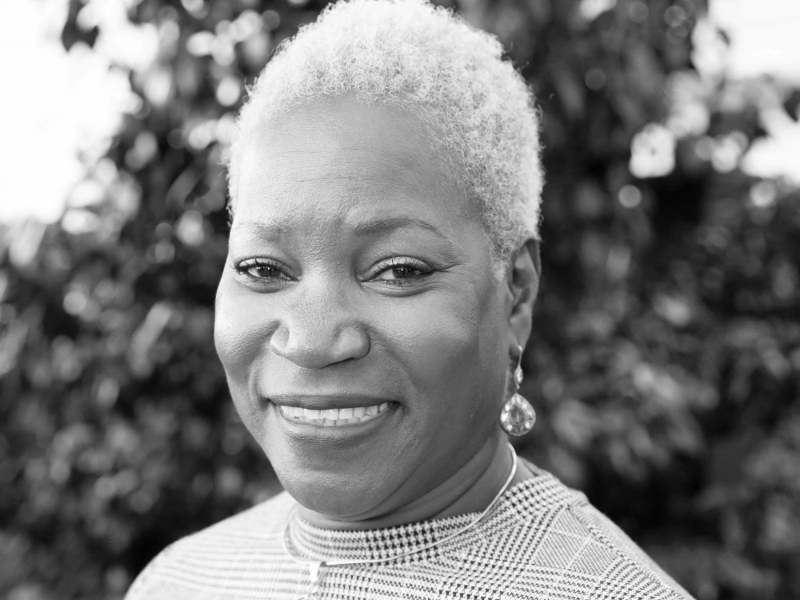
Aligning DEI with business-critical outcomes is how you get people to care.
Carol WatsonChief Inclusion Officer, BCW Global
2. Establish a communications strategy to report regularly on DEI
Your DEI efforts are only as good as how you communicate them to the rest of the business. Keeping DEI on the agenda is critical to embedding it as a central business function, and making sure that everyone, no matter their role, understands how it drives your business forward, and how it connects to their individual role and KPIs.
Research shows time and time again that inclusive leadership at the top has a positive link to an organization’s overall level of inclusion.
Regular, transparent communication at a whole-organizational level is essential to keeping DEI front and center. In particular, reporting on key updates and initiatives, new trends you’re seeing in your DEI data, process changes, and business success metrics will help employees understand both the wider and individual impacts of DEI.
Organizations must leverage all internal channels, including all hands meetings, department-level or committee meetings, and written communication across newsletters, emails, and internal chat platforms to not just publicize progress, but enable employees to interact and respond to any changes or results.
3. Leverage cross-functional DEI task forces
Embedding DEI successfully across the business requires support in all directions: top-down, bottom-up, and laterally across departments. Uniting teams of employees to tackle your organization’s most pressing challenges will help create this groundswell of support while foregrounding its importance in achieving core business goals.
Future business success depends on organizations putting all of their processes under the microscope, and identifying their core challenges across their workforce, supply chains and external relationships, and profitability. And the more hands on deck, the better the chance at solving them.
Teamwork is helpful to add more hands on deck, but teaming—or assembling temporary cross-functional sprint teams—can help organizations gain ground more quickly on their near- and long-term challenges. Coined by psychologist Amy Edmondson, teaming takes a fluid approach to problem-solving that increases knowledge development and innovation.
Applying it to a DEI context, creating cross-functional sprint teams to tackle issues including supplier diversity, culture, employee engagement, and specific challenges at a business unit level will help drive measurable progress and surface new perspectives to familiar
Embedding DEI successfully across the business requires support in all directions: top-down, bottom-up, and laterally across departments.
4. Embed DEI into KPIs at a business unit level
Setting KPIs and goals are a key way that organizations measure progress. But usually, diversity and inclusion goals are made at a whole-organizational level. They reflect big goals, like increasing overall workforce representation. And usually, DEI leaders and teams are considered solely responsible for achieving them.
But the success of DEI lies in a collaborative effort. As Rod McLeod, VP of Social Impact at Braze, said in our recent ebook, “DEI doesn’t work if it’s only my department’s issue. It works if everyone else is contributing to getting better at it.”

DEI works best when everyone is contributing and getting better at it.
Rod McLeodVP, Social Impact, Braze
Setting measurable KPIs for each business unit on DEI will ensure it becomes part of the flow of work and that teams are incentivized to work towards making an impact within their remit, rather than feeling disconnected from overarching goals that don’t connect directly with their work.
As an example, Customer Support teams can build KPIs to measure the inclusivity of their service offering and support process when dealing with customers. Sales and Marketing can focus on integrating DEI into campaigns and sales processes like RFPs. Ethics and compliance teams can set measurable goals with regard to internal and external reporting.
Connecting these with measurable data will help each department to understand their role in moving the organization forward, as well as develop internal self-sufficiency and accountability.
Your control center for DEI
Repositioning DEI as a central part of your organization’s operating model is a long-term cultural and strategic shift that requires everyone to play their part. Process change, communication, and mutual accountability are a huge part of building the runway that embeds this successfully, but organizations can only take off once they have the right data and insights at their fingertips.
Dandi is your organization’s control center that helps you connect ideas to insights, and move from DEI rhetoric to action. With real-time insights that integrate with data across your whole organization, Dandi enables you to track the impact of your actions, measure tangible results, and plug DEI into the heart of your business strategy.
Want to learn more about Dandi? Book a demo here.
More from the blog
Announcing more powerful Dandi data visualizations
Team Dandi - Oct 23rd, 2024
The New Maturity Model for HR Data
Catherine Tansey - Sep 5th, 2024
Buyer’s Guide: AI for HR Data
Catherine Tansey - Jul 24th, 2024
Powerful people insights, 3X faster
Team Dandi - Jun 18th, 2024
Dandi Insights: In-Person vs. Remote
Catherine Tansey - Jun 10th, 2024
Introducing Dandi AI for HR Data
Team Dandi - May 22nd, 2024
5 essential talent and development dashboards
Catherine Tansey - May 1st, 2024
The people data compliance checklist
Catherine Tansey - Apr 17th, 2024
5 essential EX dashboards
Catherine Tansey - Apr 10th, 2024
Proven strategies for boosting engagement in self-ID campaigns
Catherine Tansey - Mar 27th, 2024

